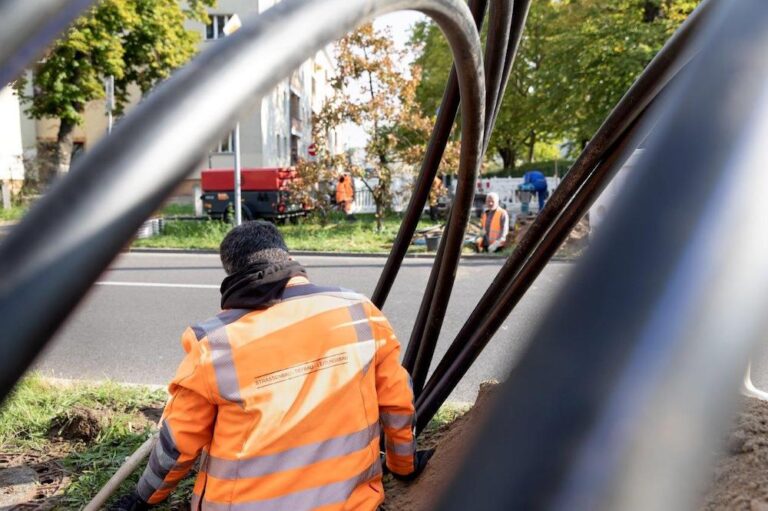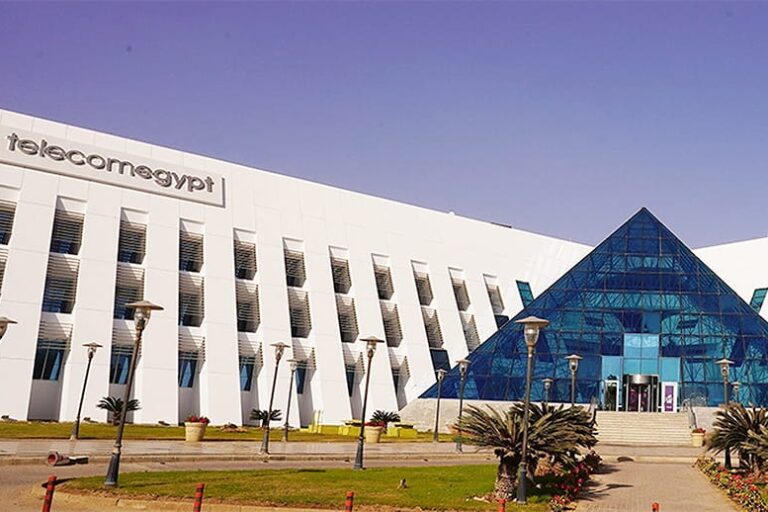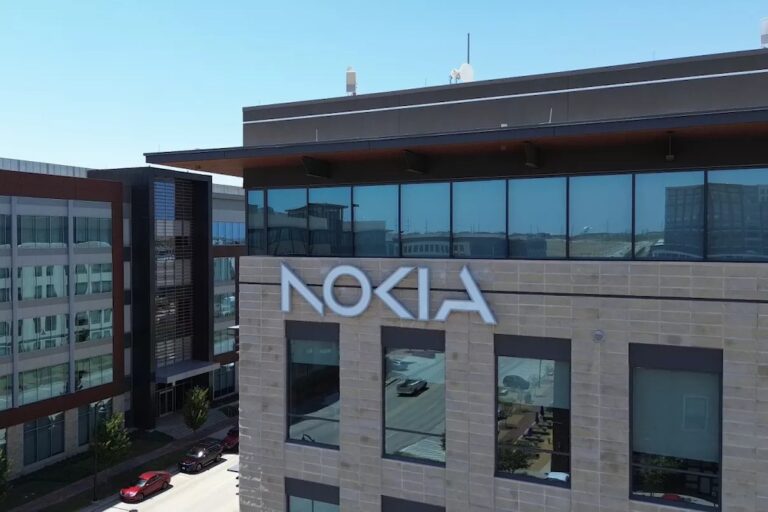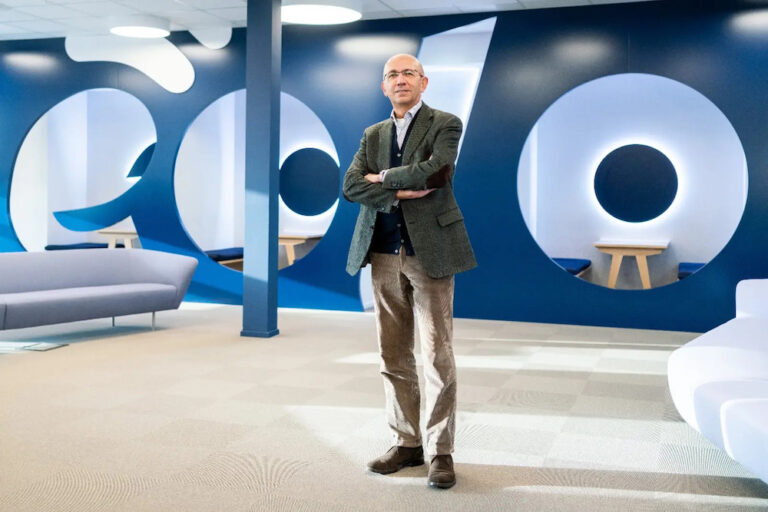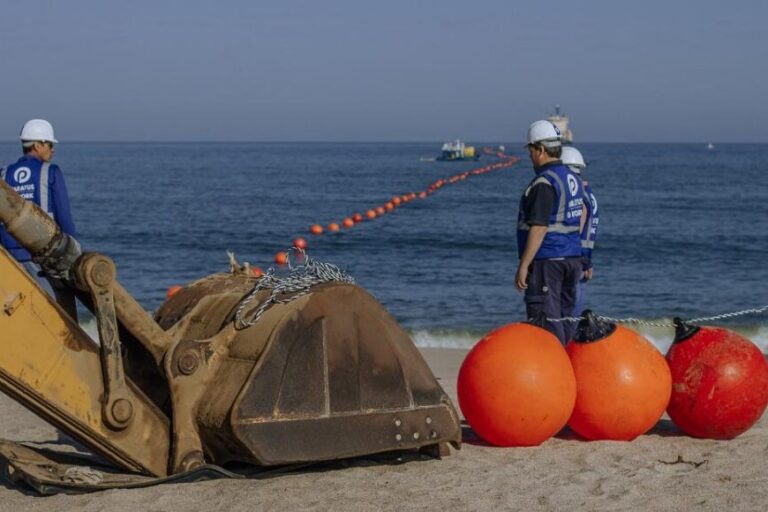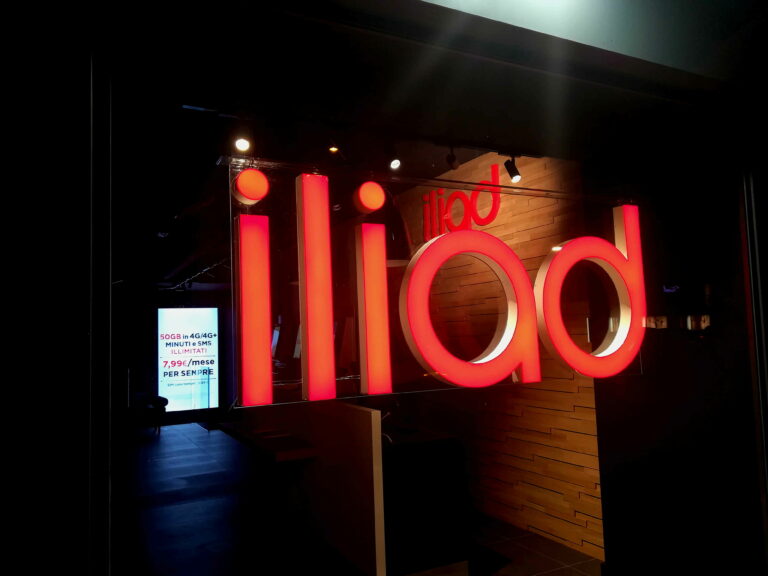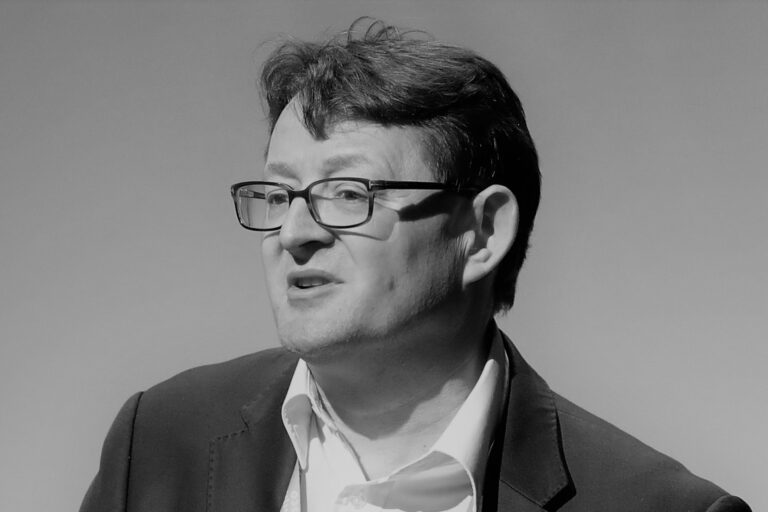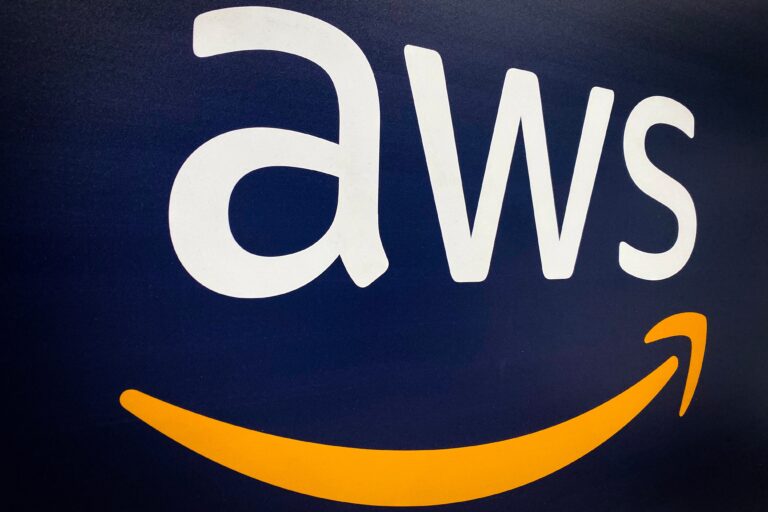Both moves will boost LTE-M and NB-IoT take-up as will the rise of eSIM/iSIM over physical SIMs
Patent pool administrator Sisvel International has announced that Huawei, one of the largest patent holders, has joined its narrowband IoT patent pool that was launched last November.
The pool already includes patents from around 25 companies, including the largest founding licensor, Ericsson. Several operators including Deutsche Telekom, KDDI, KPN, NTT Docomo, Orange and Telefónica are also licensors.
This is the second Sisvel pool for Huawei to join. More than a year ago, Huawei started its working relationship with Sisvel as an initial licensor of its WiFi 6 pool and is also an Avanci 5G licensor.
At the same time, Sisvel has revealed new royalty rates for its cellular IoT patent pool, including for devices with a lower selling price. The firm has also expanded its offering to new product verticals.
The standard essential patents (SEPs) pool offers device manufacturers licences – on fair, reasonable, and non-discriminatory terms and conditions – to participants’ patent portfolios essential to the LTE-M and NB-IoT standards.
“We are excited to welcome Huawei, a major contributor to the development of cellular IoT, as a member,” says Sisvel cellular IoT programme manager Sven Torringer. “LTE-M and NB-IoT technologies are great solutions for anyone who wishes to connect products and services in the IoT arena, and Huawei’s presence further strengthens the pool’s licence offering as a one-stop shop for this market.”
More attractive pricing
According to patent expert Florian Mueller, writing on his blog Foss Patents, for makers of low-priced IoT products, the price drops in royalties mean the value proposition has changed enormously in their favour: far more patents and far lower rates for certain applications like printable trackers.
“The rate was $0.66 per unit for LTE-M and a distinction [was] made between asset trackers ($1.33 per unit) and smart meters ($2 per unit),” he said. “The $2 (smart meters) and $1.33 (smart sensors with a selling price above $20 and up to $130) price points are still found. But now there is also a $0.35 per-unit royalty rate for smart sensors with a selling price above $6 (up to $20) and a $0.08 per-unit rate for devices with a selling price of $6 or less.”
He added that the reduced rates that the pool now offers for devices with a selling price of $6 or less should enable new applications. “What comes to mind as potentially the highest-volume and lowest-price NB-IoT application is called printable NB-IoT tracking labels. They are asset trackers in the form of stickers that could, for instance, track an Amazon package,” he said.
EU may still muck it up
Mueller emphasised that policy makers working on an EU SEP Regulation could still delay market growth by complicating and delaying matters where the market instead continues to find and improve solutions.
“The European Commission’s Directorate-General for the Internal Market (DG GROW) clearly underestimated the extent to which patent pools could be part of the solution as opposed to being part of the problem,” he said. “In order for a pool to unite product makers like Huawei and Ericsson with infrastructure companies like NTT Docomo and Deutsche Telekom as well as with research institutes and patent licensing firms, it has to identify royalty rates that work for all of them.”
“An EUIPO-led process for aggregate (entire standard) and bilateral (licensor A and licensee B) royalty determinations will cause delay and complicate matters. In the meantime, patent pool administrators and other market actors work out and fine-tune the solutions they offer,” he added.
eSIMs will also reshape the cellular IoT market
One of the biggest costs in large IoT deployments is managing SIMs but eSIM and iSIM technologies allow for more compact IoT device designs that can be managed remotely. Notably, eSIM/iSIM technology has facilitated the development of smart labels, which are paper-thin devices that offer precise, accurate, and secure tracking of small and lightweight items.
Research firm IoT Analytics points out these are already in action. DB Schenker, the logistics arm of Deutsche Bahn, implemented an ultra-thin smart-label solution to track small freight consignments globally. Sensos, an Israeli group company of Sony Semiconductor Solutions Corporation, developed the solution, which leverages Kigen’s iSIM technology embedded within Sony’s low-power wide-area chipset.
According to IoT Analytics, in 2023, the IoT module eSIM/iSIM market is poised to surpass the 500-million-unit mark. Just in the first quarter, over 450 million IoT modules were already capable of supporting eSIM or iSIM—roughly 16% of the 2.8 billion active global cellular IoT connections. This data indicates the growing demand for flexible, fast, and efficient connectivity solutions in the new age of cellular IoT.



